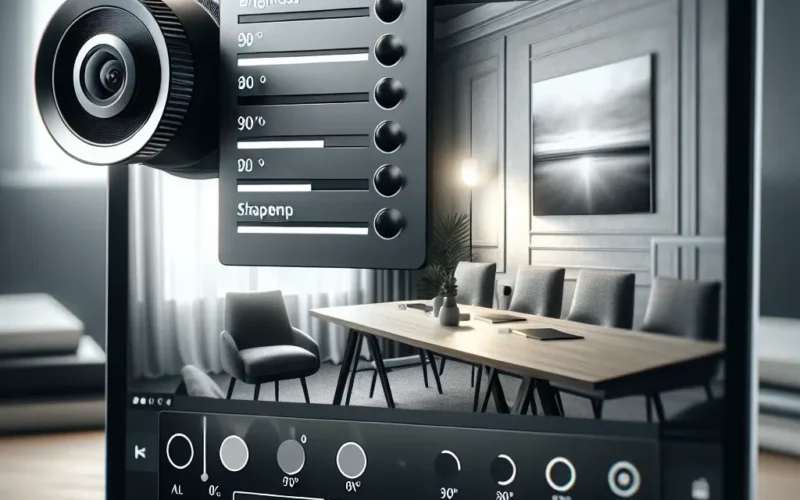Introduction
In today’s digital age, video communication plays a crucial role in everything from virtual meetings to content creation. A significant aspect of high-quality video communication is optimizing the video quality of your computer camera, especially if you are working with a 90° Field of View (FOV) camera. These cameras are popular because they offer a wider angle, capturing more of the scene, but they require certain settings and conditions to deliver their best performance.
Why is a 90°FOV Important?
A 90° FOV camera provides a wider frame that can capture more of your environment. This is particularly useful for group meetings, demonstrations, or any scenario where a broader perspective is essential. However, optimizing video quality with such a camera involves multiple factors such as lighting, camera settings, background, and software.
Table: Comparison of FOV Scenarios
| FOV | Key Features | Best For |
|---|---|---|
| 60° | Narrower Angle, Focused Shots | One-on-One Meetings |
| 90° | Wider Angle, More Background | Group Meetings, Wide Shots |
| 120° | Ultra-Wide, Distortion at Edges | Large Groups, Specialized Use |
Optimizing Camera Settings
To make the most of your 90°FOV camera, adjusting the camera settings is crucial. Here are some key settings to focus on:
Resolution
Ensure your camera is set to the highest resolution supported, such as 1080p or 4K. Higher resolution provides better clarity and detail.
Frame Rate
Adjust the frame rate to at least 30 frames per second (fps) for smoother video. Higher frame rates like 60 fps can further enhance quality, especially for motion.
Focus and Exposure
Automatic focus can be convenient, but manual adjustment allows for more precision. Similarly, tweak the exposure settings to ensure your video is neither too dark nor too bright.
Enhancing Lighting
Good lighting is essential for high-quality video. Here are some tips to improve your lighting:
Natural Light
Position yourself facing a window to utilize natural light. This provides a soft, even illumination.
Artificial Lighting
Use ring lights or softbox lights to fill in shadows and provide consistent lighting. Avoid harsh overhead lighting that can create unflattering shadows.
Balancing Light
Ensure there is a balance between the background and foreground lighting to avoid backlighting issues that can obscure your face.
Background and Environment
Your video’s background can affect the overall quality. Here are some tips for setting up an optimal environment:
Clean and Uncluttered
Keep your background clean and uncluttered to avoid distractions and maintain a professional appearance.
Neutral Colors
Use neutral or solid colors in your background. Bold or bright patterns can distract from the main subject.
Background Blur
Some cameras and software offer a background blur feature. This can help minimize distractions and focus attention on the subject.
Using Software Enhancements
Various software tools can help enhance video quality:
Video Conferencing Software
Applications like Zoom, Microsoft Teams, and Skype have built-in features to adjust video settings. Use these to fine-tune your camera performance.
Dedicated Camera Software
Some cameras come with dedicated software that allows more advanced settings adjustments. Utilize these tools for better control over your video quality.
Post-Processing Software
For recorded videos, use software like Adobe Premiere Pro or Final Cut Pro to enhance video quality through post-processing techniques.
Conclusion
Optimizing video quality with a 90°FOV computer camera involves a combination of proper camera settings, good lighting, a suitable background, and the use of software tools. By following the tips and guidelines provided in this article, you can ensure your video content is clear, professional, and engaging.

